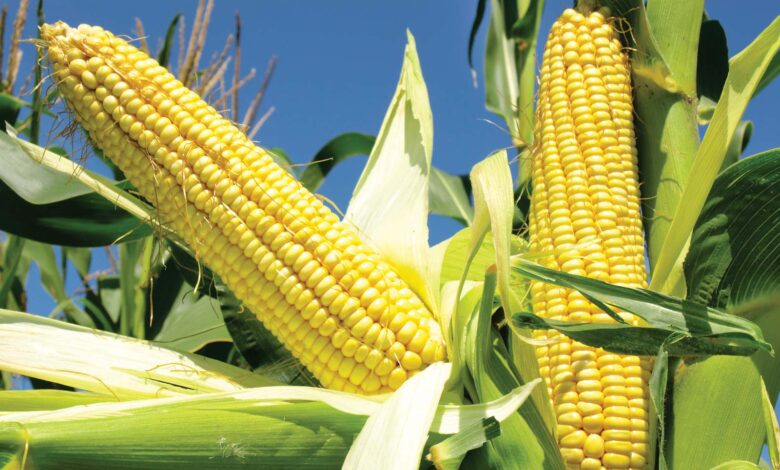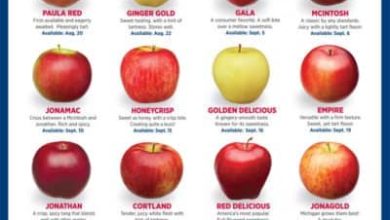Corn cultivation

If you would like to know how to grow corn, what care this plant needs and everything related to its development, in this article we will tell you everything.
What is corn?
Corn, with the botanical name Zea mays , is an annual rustic plant native to America, particularly Mexico, which belongs to the botanical family of Grasses, just like rice, oats, rye or barley.
The corn is a rustic plant development and cultivation easy with beans and pumpkins gives an excellent combination of nutrients.
If we want to enjoy sweet corn in the middle of summer or nutritious dishes of corn grits or polenta from autumn, then we will have to take advantage of the months of April to May to plant the garden.
In fact, even today it continues to be the basis of food in a large part of the populations of America and also of Africa.
Its cultivation in the garden is relatively easy, although if we want to obtain large bushes and abundant and succulent spikes, we will have to supply it well with water and nutrients.
Among the infinite varieties of corn that we can grow and consume, there are three large groups with well differentiated characteristics: large, hard-grained corn, suitable for making semolina and flour and consumed by cooking; the varieties of small grain and extremely resistant skin, which are used to make the popular popcorn; and those with tender and juicy grains – sweet corn -, especially suitable for fresh consumption. And in all of them we can find sub-varieties with different shapes of grains and colors.
Traditionally, in America it was sown – and is sown – with the so-called «pre-Columbian association» technique, which consists of growing corn, beans and pumpkins together, or courgettes, since apart from being a favorable mutualism association, each plant contains a combination of nutrients that together provide and cover all the needs of a balanced diet. Corn, carbohydrates; dried beans, proteins; and the pumpkins, vitamins. In addition, all three products are shelf-stable at room temperature.
Regardless of the variety, the ways of growing are almost identical. On the one hand, we need a soft soil, well aerated in depth and rich in humus. It tolerates well, and even appreciates, the presence of decomposing organic matter. For this reason, if the land where we sow is poor in humus reserves, we will spread three to five kilos of compost per square meter after it is born.
The varieties of sweet corn and those of popcorn are planted in lines separated by about 50 or 60 centimeters, while for those destined for grain we will need between 60 and 70, since the bushes have a much larger size.
The most common is to deposit about two seeds per hole at a depth of 1 or 2 centimeters, and every 10 or 15 centimeters, so that when they germinate and are about 5 or 6 centimeters high, we will thin, eliminating the little plants that show signs of weakness and yellowing, and we will leave the healthiest and most vigorous in each hole.
They are rustic plants that with organic cultivation techniques have hardly any development problems, with the exception of the screwworm, which we can control with regular spraying of Bacillus turingiensis at sunset, from the moment the plants reach half a meter in height.
The optimal time to harvest depends on the type of corn. For the dry grain varieties, both the semolina and the popcorn, we will wait until the bushes have completed their cycle and the outer skins of the ears dry completely. With the varieties of sweet corn for consumption of the tender grains, we will have to look for the optimum point and, in mid-summer, when the stigmas that cover the ears begin to wither, we will lift the skins that cover the grains and, with the nail, We will press them. If it sinks and a milky juice jumps out, you have a few days to go. If the nail doesn’t dig in, they are starting to get too hard. When the nail remains marked without sinking, it is usually the ideal time to consume fresh.

![Photo of Bella Sombra: [Cultivation, Irrigation, Care, Pests and Diseases]](https://www.complete-gardening.com/wp-content/uploads/2021/06/Que-caracteristicas-tiene-el-arbol-bella-sombra-390x220.jpg)


![Photo of Prune Ficus Ginseng: [Importance, Time, Tools, Considerations and Steps]](https://www.complete-gardening.com/wp-content/uploads/2022/08/prune-ficus-ginseng-importance-time-tools-considerations-and-steps-390x220.jpg)